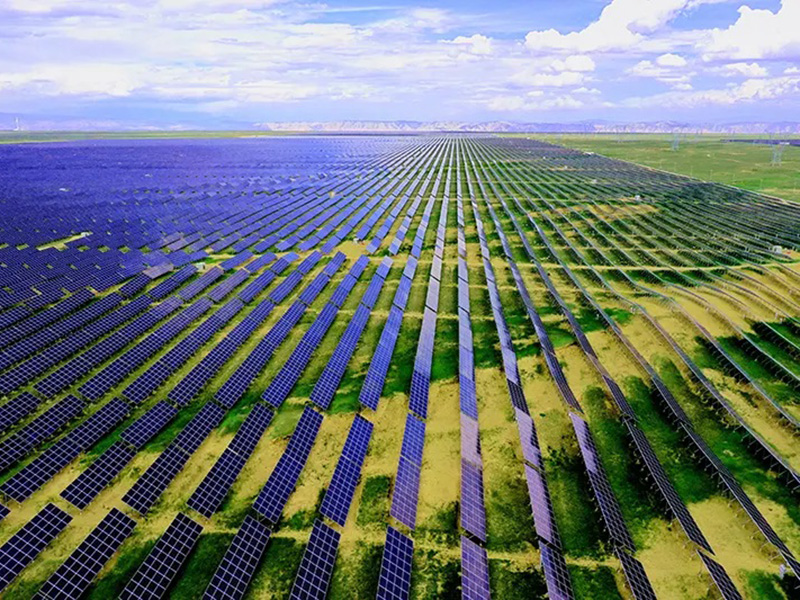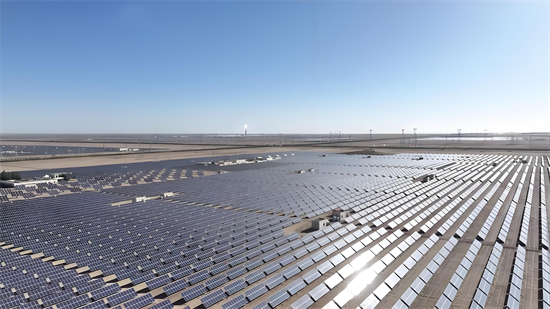Choosing the Right Solar Mounting System for Marine, Desert, and Domestic Environments
Solar photovoltaic systems are rapidly integrating into various aspects of our lives. However, many people often focus only on the efficiency of the solar panels themselves, overlooking the importance of their “skeleton”—the mounting system. A suitable mounting system is not just a safety guarantee but also the cornerstone for the long-term, stable power generation of the entire system. Faced with three distinct environments—marine, desert, and everyday life—the strategy for selecting a mounting system differs significantly.
1. Marine Environment: Withstanding Corrosion and Waves
For solar applications in coastal areas, tidal flats, or offshore platforms, the biggest enemies for the mounting system are high salinity, high humidity, and strong winds and waves.
Material Selection: Corrosion Resistance is King
First Choice: 316 Stainless Steel. It contains molybdenum, which provides superior resistance to chloride corrosion compared to common 304 stainless steel, effectively combating the erosion from salt in the sea air.
Second Choice: Hot-dip Galvanized Steel. The galvanized layer must be sufficiently thick (typically recommended to be above 80μm), and all cut and drilled sections must be repaired with zinc-rich paint to ensure complete protection.
Avoid: Mild carbon steel or ordinary aluminum, as they corrode rapidly in marine environments.
Structural Design: Stability and Wind Resistance
The structure must be rigorously calculated to withstand typhoon-level wind loads. Triangular bracing structures are often used, with foundations sunk deep into the ground, employing screw piles or concrete bases to ensure stability even on soft tidal flats.
All connectors should have anti-loosening designs to cope with long-term vibration.
2. Desert Environment: Resisting Sand, Wind, and Extreme Temperatures
Desert areas boast abundant sunlight but present a harsh environment characterized by strong winds and sand, significant day-night temperature variations, and intense UV exposure.
Material Selection: Abrasion and UV Resistance
Aluminum Alloy is an ideal choice for desert regions. It is lightweight, corrosion-resistant, and adapts well to temperature changes without becoming brittle.
Similarly, high-quality hot-dip galvanized steel is also a good option, but its surface treatment must be excellent to resist abrasion from sand and wind.
Structural Design and Maintenance
Sand and Wind Protection: The structure should be as streamlined and simple as possible, minimizing surfaces and gaps where sand can accumulate. Foundations must be deep enough to prevent undermining by strong winds.
Tilt Angle Consideration: Due to high dust levels, the tilt angle can be slightly increased to facilitate cleaning by rain or wind. Access for cleaning and maintenance should also be considered.
UV Resistance: Any surface coatings or platings must have excellent resistance to UV degradation to prevent powdering and cracking.
3. Everyday Domestic Scenarios: Balancing Safety, Aesthetics, and Space
For residential rooftops, yards, or commercial and industrial rooftops, choosing a mounting system requires more consideration of safety, roof load capacity, ease of installation, and aesthetics.
Material and Type Selection
Aluminum Alloy is the preferred choice for residential rooftops due to its light weight, corrosion resistance, and neat appearance, especially suited for tiled roofs where it minimizes damage to the roof structure.
Carbon Steel (typically hot-dip galvanized) is widely used on load-bearing commercial flat roofs due to its high strength and lower cost.
Types: Ballasted systems are common for flat roofs, as they require no drilling and protect the waterproofing layer. Hook-on systems or rails fixed directly to rafters are used for sloped roofs.
Key Considerations
Safety: The roof’s load-bearing capacity must be precisely calculated to ensure the total weight of the mounting system and panels is within safe limits. Wind resistance design is equally crucial.
Compliance and Aesthetics: Check local regulations before installation. The system should blend harmoniously with the building’s appearance.
Ease of Installation: Well-designed, standardized mounting systems can significantly reduce installation time and labor costs.
Conclusion
Selecting a solar mounting system is never a one-size-fits-all decision. For marine environments, we seek ultimate corrosion resistance and structural stability. In the desert, we focus on adaptability to abrasive sand and extreme weather. For everyday domestic use, we strive to find the optimal balance between safety, functionality, cost, and aesthetics. By deeply understanding the unique demands of the application environment and matching it with the most suitable “skeleton,” we can truly unlock the long-term potential of a solar power system, allowing green electricity to steadily power our future.
Post time: Nov-18-2025


